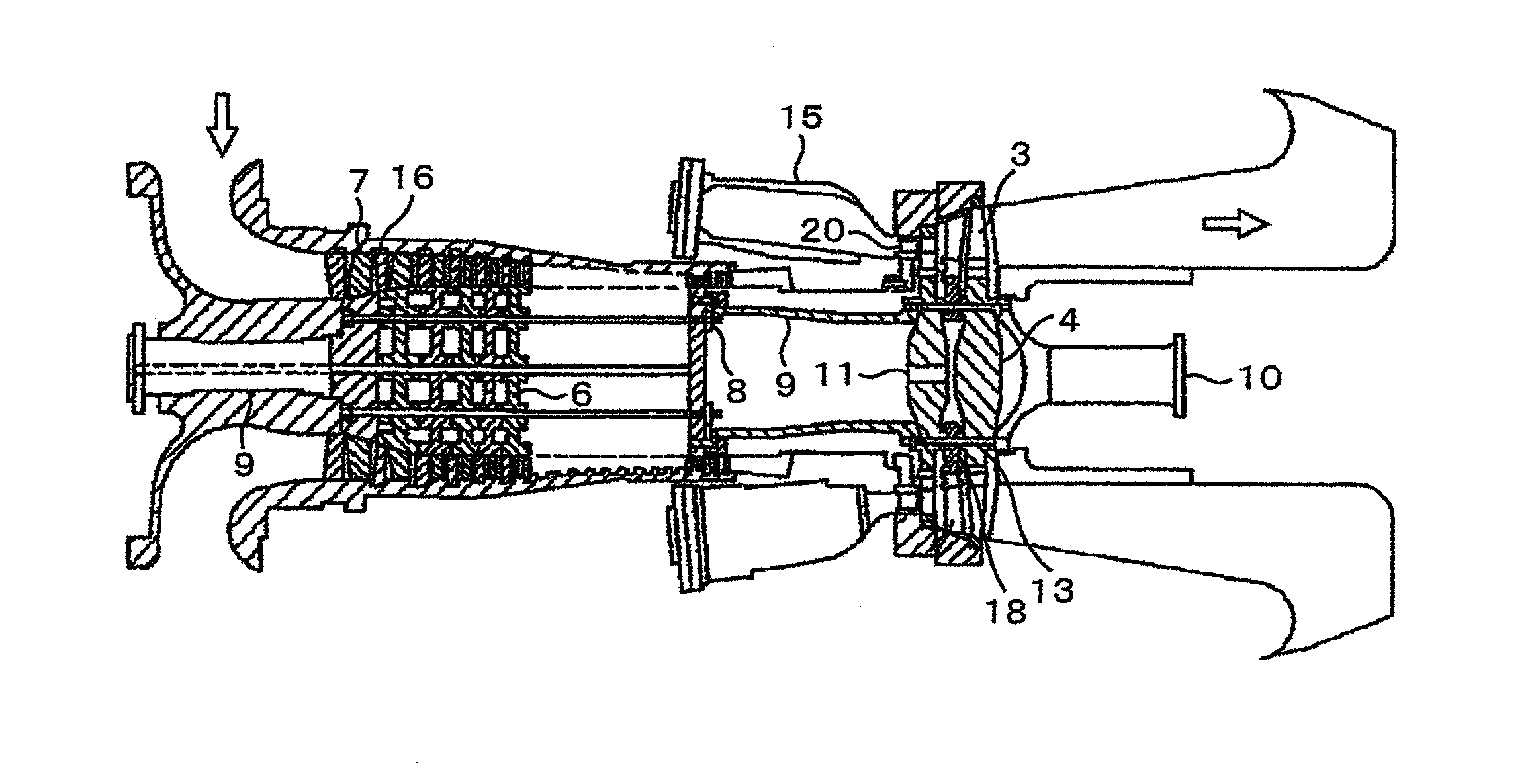Ni-based heat resistant alloy, gas turbine component and gas turbine
a heat resistant alloy and gas turbine technology, applied in the direction of reaction engines, machines/engines, mechanical apparatus, etc., can solve the problems of limited weight of 2 to 3 tons, difficult to produce a larger product, and difficulty in manufacturing a large-sized component, so as to achieve the effect of increasing the efficiency of gas turbines and high strength
- Summary
- Abstract
- Description
- Claims
- Application Information
AI Technical Summary
Benefits of technology
Problems solved by technology
Method used
Image
Examples
examples
[0027]Hereinafter, examples of the invention are explained.
[0028]Table 1 gives alloy compositions of specimens. Alloys of 10 kg and having compositions in Table 1 were produced in a vacuum induction melting furnace. Nos. 1 to 8 are alloys of the invention (hereinafter, referred to as invention alloys), and Nos. 9 to 11 are comparative alloys. The alloy of No. 9 corresponds to commercially-available Alloy 718. The produced alloys were subjected to removal of oxide film and casting defects from surfaces, and thereafter were hot worked into a round bar shape having 15 mm diameter. From the round-bar stock, various test pieces were taken, and the mechanical properties of the material were evaluated by Vickers hardness test at a room temperature and high-temperature tensile test at 700° C. Also, apart from the 10 kg alloy, a test simulating manufacturing conditions of a large-sized steel ingot was conducted. In the test, presence of segregation was checked, and occurrence tendency of seg...
PUM
| Property | Measurement | Unit |
|---|---|---|
| Fraction | aaaaa | aaaaa |
| Fraction | aaaaa | aaaaa |
| Fraction | aaaaa | aaaaa |
Abstract
Description
Claims
Application Information
 Login to View More
Login to View More - R&D
- Intellectual Property
- Life Sciences
- Materials
- Tech Scout
- Unparalleled Data Quality
- Higher Quality Content
- 60% Fewer Hallucinations
Browse by: Latest US Patents, China's latest patents, Technical Efficacy Thesaurus, Application Domain, Technology Topic, Popular Technical Reports.
© 2025 PatSnap. All rights reserved.Legal|Privacy policy|Modern Slavery Act Transparency Statement|Sitemap|About US| Contact US: help@patsnap.com


